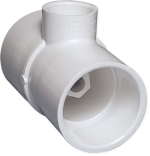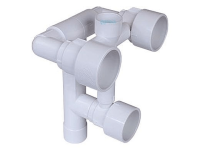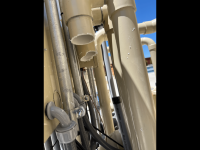What are people's opinions on using a traditional passive air venturi set up on their Spas vs a blower to push-inject air. I should have around 15 gpm flow from each jet so I'm not underpowered and dont feel that I need a blower to make up for the lack of jet pressure that many people experience with underpowered spa jets.
Do people tend to prefer traditional venturi setups with the manual air valves on top of the coping or is this not a good option anymore since blowers have become more commonly installed.
What are the cons with either setup? Would I be sacrificing anything by not opting for a blower and using a traditional air valve setup?
Thanks in advance!
Do people tend to prefer traditional venturi setups with the manual air valves on top of the coping or is this not a good option anymore since blowers have become more commonly installed.
What are the cons with either setup? Would I be sacrificing anything by not opting for a blower and using a traditional air valve setup?
Thanks in advance!




